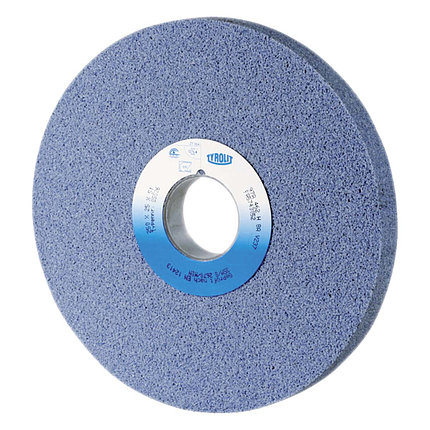Microscopy in the workshop
Microscopy in the workshop
- This topic has 8 replies, 5 voices, and was last updated 7 October 2024 at 21:06 by
old mart.
Viewing 9 posts - 1 through 9 (of 9 total)
Viewing 9 posts - 1 through 9 (of 9 total)
- Please log in to reply to this topic. Registering is free and easy using the links on the menu at the top of this page.
Latest Replies
Viewing 25 topics - 1 through 25 (of 25 total)
-
- Topic
- Voices
- Last Post
Viewing 25 topics - 1 through 25 (of 25 total)
Latest Issue
Newsletter Sign-up
Latest Replies
- What Did You Do Today 2025
- Powered hacksaw – blade lift for the return stroke
- Damp proofing concrete floors
- New member old lathe
- Elliott Omnimill Quill Clamp
- Myford S7 Taistock Adjustment
- Tangential tooling
- Which lathes have drawbars in the headstock?
- How to wire up 3 phase motor and 3 phase converter?
- Measuring increments on boring head















